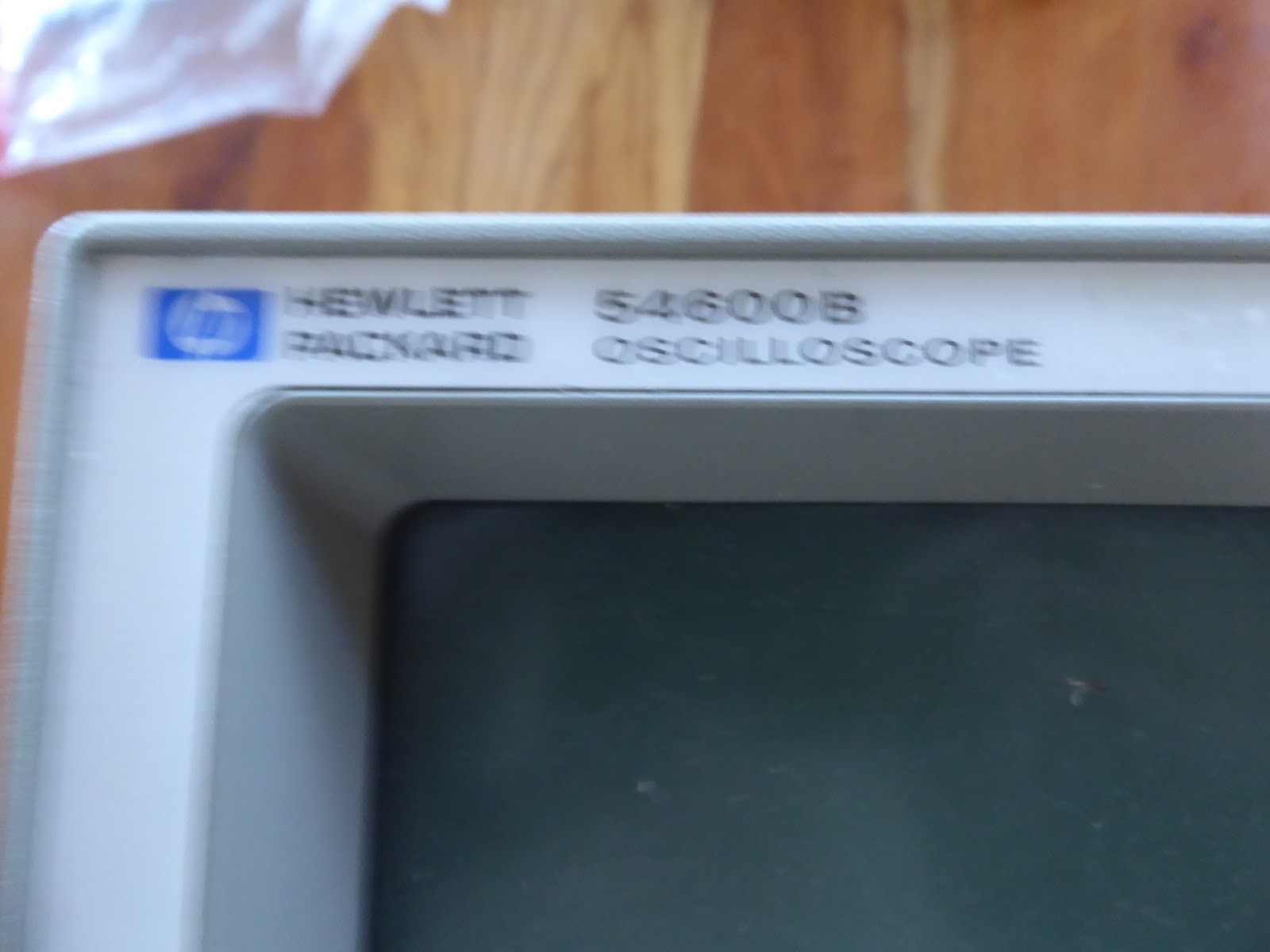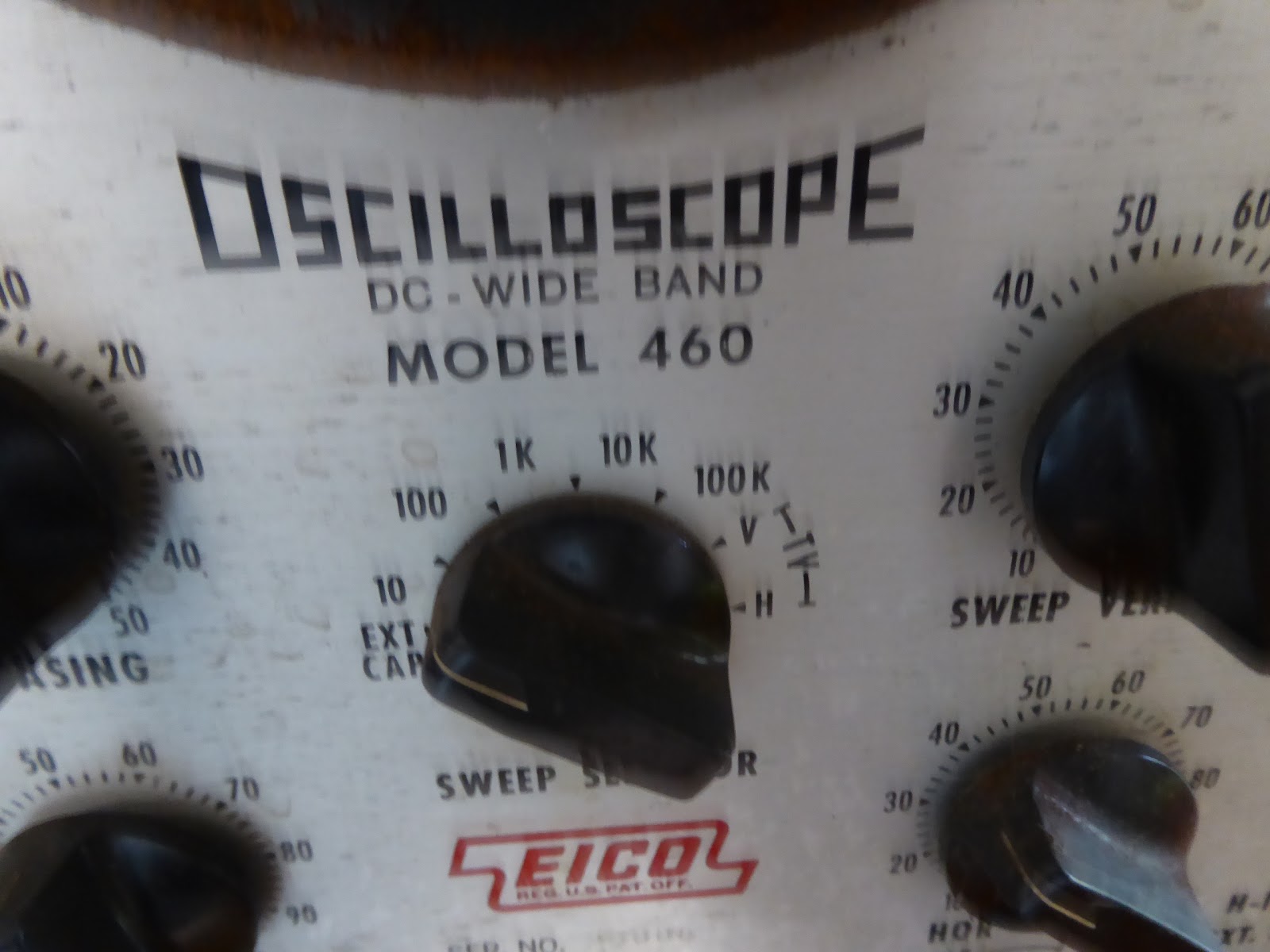Several years ago, Douglas Piccard and I started a
small audio group that met in the Elkton MD library. We specialized in building tube amps and speakers and were loosely associated with the Bottlehead group. Though Doug has since left for the wilds of Detroit, the group is still active.
At one of the early meets, Doug kindly gave me some old organ amps for me to play with and while I have looked at them from time to time, I've never got around to doing anything with them. However, now is the time.
In particular, I have started to look at two of the beasts which are fairly similar. They both appear to be the Baldwin 40 watt models with a quad of 6L6 tubes. One is driven by an octal 6SL7 and the other by nine pin 12AX7's. First I am investigating the 6SL7 version. Here are some photos. You may click on the photos to see larger versions.
Some Baldwin history is available
here.
The four larger tubes are 6L6 and the smaller one in front is a 6SL7.
The two empty octal sockets at the top left use 5U4-G rectifier tubes.
To the left is the power transformer, followed by the choke and the output transformer on the right. All have rust on them.
The 6 prong plug has the input.
Presumably the chassis number.
Each transformer comes with a number. This is actually a choke / inductor.
The massive power transformer with its number. The output transformer has the number 512-14633D. It is possible they were made by CinTran (see reference
here)
Here are some photos of the guts.
The power transformer is on the right with the two 5U4 sockets just to the left.
The other end.
The area around the 6SL7 is quite congested. The four copper coils connect to the 6L6 plates and you find discussion about them
here.
To the left is the hole for the leads to the choke.
I did find a schematic which looks pretty close to what is actually in this amplifier. My amp does not have the 6SQ7 input stage. Unfortunately I have not been able to find the schematic again on the web so if you know where it is, let me know.
As an aid to exploring the wiring, I have made a Visio version that I still haven't finished, but I will get there eventually.
There are some questions I have that have puzzled me.
- When I first looked at the schematic, I noticed that the choke (2) was connected to the center tap of the power transformer and a 4uf capacitor. The other end is connected to ground instead of another capacitor. I thought this was probably a mistake in drawing the schematic, but it does connect to ground at a lug on a 6L6 socket.The choke has a DCR of 87 ohms. Any ideas?
- Why did the designers place the capacitors at the far end of the amp from the rectifiers? The wires connecting the choke to ground and the 4 uf capacitor are twisted, but they do run right next to the input signal.
- In the spirit of preservation, I'm not thinking of making any changes to the circuit or even the components except for possibly the electrolytic caps. The coupling caps seem to be ok and the carbon comp resistors appear to be reasonable close to value. Are there any other changes that I might contemplate?
- My variac died recently. Any ideas for bring the beast back to life in a gradual fashion?
- How to restore the finish for the steel casework? I did come across one interesting idea here which I will try in an inconspicuous area for the steel work. I tried polishing one up with polishing compound but it left uneven spots in it. The only true polish I had laying around was a bottle of Maguires PlastX clear plastic cleaner and polish. I use it on dust covers on my turntables. It takes the oxidation off of them and hides swirls and scratches. I tried it and it immediately turned my paper towels black with the oxidation. I wiped down a good size spot and cleaned it off and the metal really stood out. I used Old English lemon oil to recoat the metal and help remove the film left by the Maguires.
- Ideas for the rust on the transformers would be welcome.










































